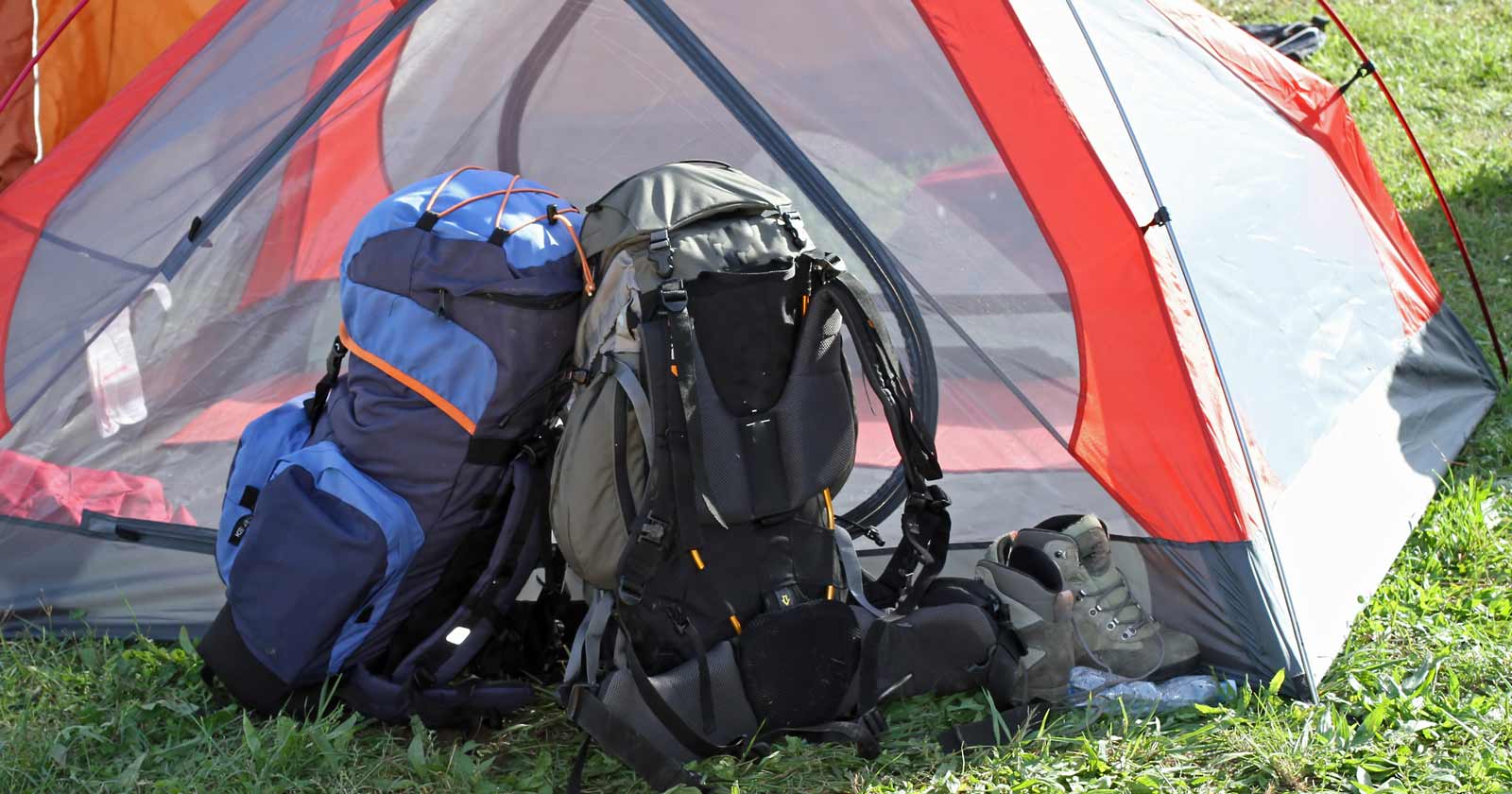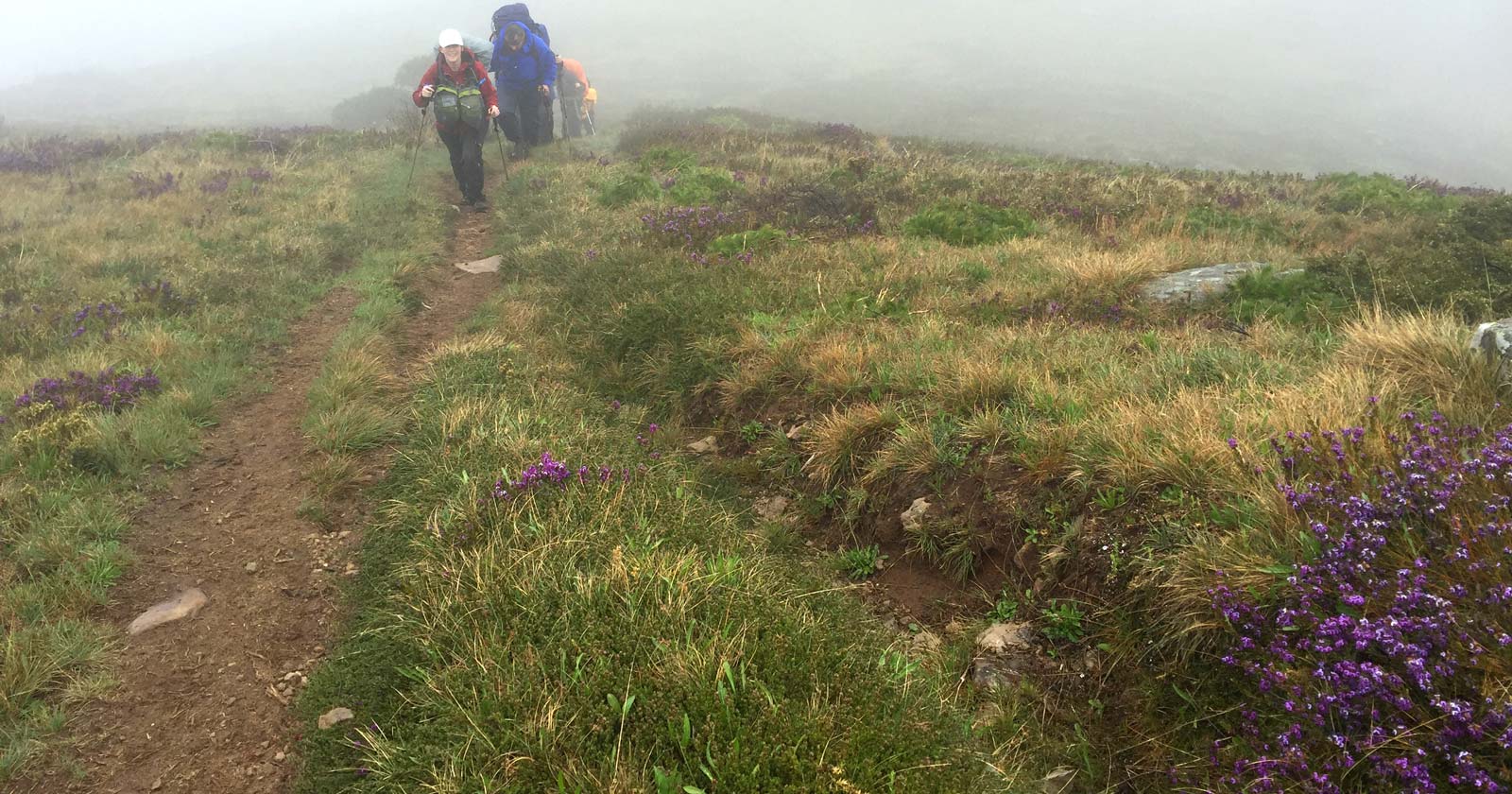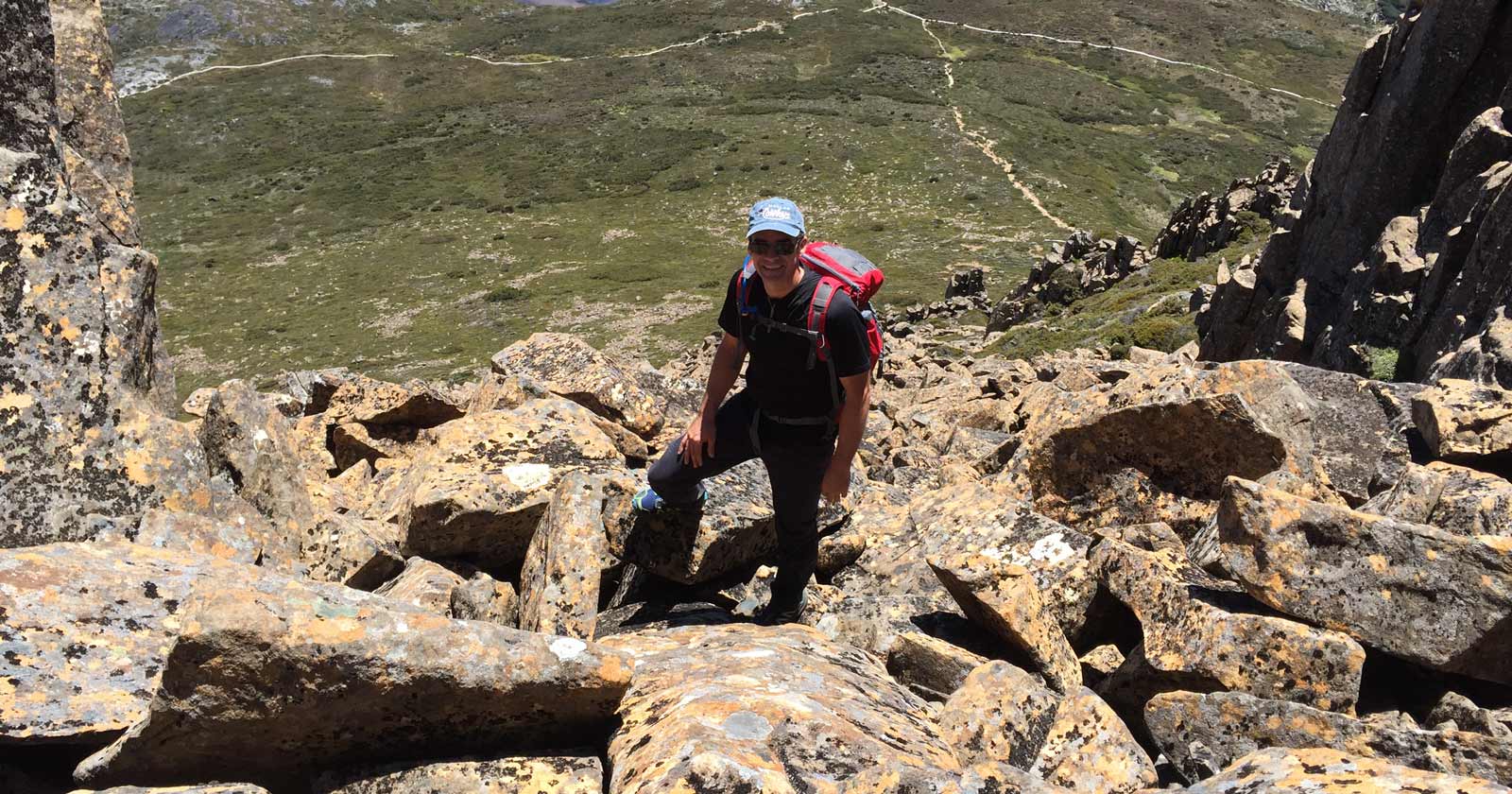Sitting around a glowing campfire is one of the joys of camping, but with around ten per cent of bushfires caused by escaped campfires, it’s essential to follow the rules and do the right thing. Not all parks or campgrounds allow campfires s make sure you check the park signs in the campground before you light a campfire.
Rules on campfires depend on the type of park
National and state parks: campfires can only be lit in the purpose-built fireplaces provided by the park.
Other types of parks (eg. regional parks): campfires may be permitted, but you will need to check first, and make your campfire following these campfire rules.
Use this safety checklist before you light a campfire:
- Are campfires allowed in your campground? Find out by checking campground signage or asking a park ranger. If you don’t see a sign, play it safe and don’t have a campfire.
- What type of park is this? If you are in a national or state park, campfires can only be lit in the purpose-built fireplaces provided by the park.
- Is it a Total Fire Ban day? Campfires must not be lit on a Total Fire Ban – or be allowed to burn through the night if the next day is a Total Fire Ban.
- Who will stay with the campfire? A responsible adult must stay within 50 metres and be able to see the solid fuel campfire or barbeque at all times. Never leave a campfire unattended.
- Do you have enough water to put the fire out completely? You will need at least 10 litres of water, which is about a standard-sized bucket filled to the brim.
- Use water to put out a campfire. When you leave your campsite, always put the campfire out with water, not soil. The fire can smoulder under soil and start burning again later.
- How do you know if your campfire is fully out? Once you put out your campfire with water, put your hand near the ashes and unburnt wood. Be careful not to touch hot coals! If the ashes are cool to touch, then it’s safe for you to leave the campfire. If the ashes are still warm, pour more water on the campfire until the ashes are cool.
It is an offence to light a campfire in parks or locations where they are not permitted. It is also an offence to light a campfire on a day of Total Fire Ban, or allow a campfire to burn through the night if the next day is a Total Fire Ban.
If fires are permitted, how do you start one?
Knowing how to light a campfire is an essential skill. Here’s a few tips on how to do it the good old fashioned way.
Starting a campfire is easy right? Well, not for everyone. If you don’t get the basics right it will be frustrating for everyone when it dies quickly after lighting or when you run out of dry wood after dark. Then again you might find yourself in an emergency situation, have wet matches or lose a lighter. Knowing how to start a fire in a variety of conditions is important. Let’s start with the basics.
Fire pit setup
Build your fire around 10m away from your campsite. Check for overhanging branches that could catch fire, dig a pit about 10-15cm deep and surround the fire pit with rocks (if you can). Then go find 3 types of dry wood:
Tinder (small easily flammable, quick burning twigs, leaves, coconut husk fibres etc)
Kindling (short sticks with a diameter between a 10c and a 20c piece
Fuel wood (bigger chunks of slow burning wood)
Teepee build
Now you’re ready to start building your fire fuel. There are a few ways to do this and it could start a camp debate but a tried and trusted method is the teepee build which goes like this:
- Build a teepee of kindling around a small fist sized bunch of tinder
- Add more wood to the downwind side. Leave an opening on the upwind side (so you can light the tinder).
- Keep space between for the wood to breathe – it needs a steady flow of oxygen.
- Get the big fuel wood and place it around the edge of the teepee, in a parallel 2 x 2 formation.
- Light it by standing upwind of the fire (see 3 methods of lighting below)
- Keep adding tinder as necessary till the kindling is alight
- Keep adding kindling till the fuel wood is ablaze.
Once you have your fire pit and tepee build ready – it’s time to light it.
Lighting your fire
Here we’re going to explain three different ways you can light a campsite fire.
Regular Fire
If you have matches or lighter, use them. Job done.
Swedish Firesteel Fire
This is a cool piece of kit for lighting a fire or gas stove in the wet, at altitude or in the snow. Developed by the Swedish department of defence, Swedish Firesteel is able to create sparks at 3,000 degrees celsius. It’s really simple to use –just strike it so that sparks shoot towards your tinder and away you go. If you are having trouble with lighting the tinder you can gently scrape some of the metal shavings into a little pile within the tinder. Then you hit the shavings with sparks and they all ignite giving you a strong collection of firing sparks that should get your tinder going.
Survival Fire – Two sticks
This is something you may need to do in an emergency situation but is worthwhile practicing next time you go camping.
Grab two very dry sticks of the same type, preferably from the same branch or tree. Fashion one into a shorter thick ruler shape with a sharp stone. Make sure the other stick is much larger and wedged firmly to the ground under your body weight and between rocks (if possible). This piece of wood has to stay straight and still. Rub the shorter ruler shaped stick back and forth on the larger stick. Start slowly, till you see it start to blacken. Then you add more pressure, and rub the sticks harder and faster, back and forth, until you get steady smoke and see some blackened ember style smoking wood. You then want to add this to your driest, easiest to ignite tinder (old dry coconut husk fibres work great). Gently find the right balance between wind and tinder, eventually, if you don’t smother it or blow it out, you should have flame!
There you go – fire! Remember to light your fire safely and have a Swedish Firesteel back up just in case your lighter and matches get wet!
Campfire Safety
Sitting around a cozy campfire makes unforgettable memories with your family and friends. Once you have finished telling stories, you need to put out your fire correctly before turning in for the night.
Leaving your campsite or going to bed before properly extinguishing your fire can quickly start bush fires, putting people, wildlife, and ecosystems in danger. It is essential that you know how to put out a campfire safely. There are several options for materials you can use to douse or smother the flames. Each is effective and can be used on any fire but need to be applied in different ways.
Water: Water is the best and fastest way to extinguish your campfire, and some drive in campsites may have a readily accessible water source nearby. Always keep a container of water near the fire in case the wind picks up and the flames begin to spread or get too high.
Sand: Sand works by smothering the fire and limiting the embers’ exposure to oxygen. However, if you have a lot of coal remaining, they can heat the sand, and it may take longer for the campfire to cool down to a safe temperature.
Dirt: Dirt is an excellent option because it is found everywhere, even in undesignated campsites. If you don’t have enough water to completely douse the fire, dirt makes an excellent secondary option. Remove the top layer of dirt to find the damper soil underneath. This can also prevent any debris from fueling the fire.
Before leaving or going to bed, allow time for the last of the firewood to burn down to coals and the flames to go out. Using a shovel, spread the coals around as much as possible within the campfire. Doing so can help them to cool faster due to increased airflow around the coals, and it removes any unburnt fuel to prevent reignition. Whether you are using water, sand, or dirt, cover the embers and surrounding area with your dousing material. The amount of material you use will depend on the size of your fire, but, for the average campfire, you need at least two buckets. If you are using water, pour the water slowly from a height for better distribution, and avoid standing in the way of the rising steam.
If you are using sand or dirt, ensure you only apply a thin layer to inhibit access to oxygen. Applying too much sand or dirt can insulate the embers and create a fire underneath the surface of the sand that could potentially reignite later. Using a long skewer, stick, or shovel, stir the remaining ash around to find any remaining embers. If there are still large logs remaining, don’t forget to rotate and scrape the embers away from the unburnt areas, then place the burnt side down in the water and douse the logs again.
If after stirring the ash, there are still embers remaining, continue the process of dousing and stirring until all embers are extinguished and the fire pit is cold. Apply another layer of sand or dirt as an added safety precaution. Before leaving, always remember to check the areas surrounding your campsite for stray sparks or embers, which can easily start spot fires.
Never wait until you are ready to leave to put out your campfire. Begin the process of extinguishing the fire as soon as you start to pack up camp. It can take time for hot coals to cool even in wet weather or after they have been doused. If you are car camping, always include a fire blanket and burn cream in your camping essentials to help prevent and treat campfire injuries.
Contributed by: Wild Earth





